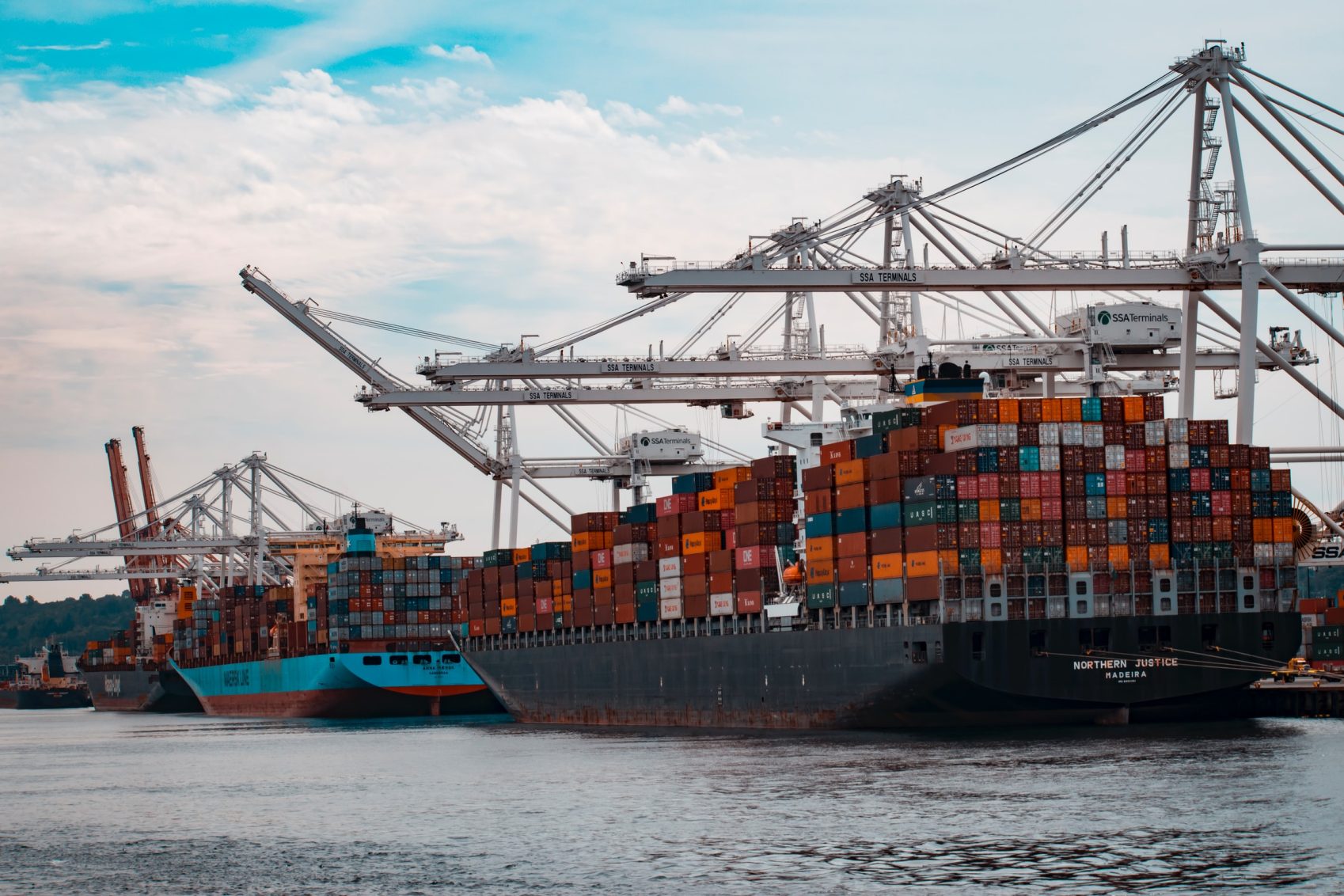Published in the Summer 2022 of Artisan Spirits Magazine.
If there was ever a time to consider lead times and logistics as they relate to your craft spirits brand, it is now.
Shipping delays. Supply chain complications. Widespread shortages. Freight costs have skyrocketed, and lead times have doubled or tripled. Raw material scarcities, labor shortages, natural disasters, wars, and enduring effects of the COVID era have impacted industries around the world, and in some cases, changed the landscape altogether. These upheavals have created huge financial and logistical barriers to entry for new craft spirits brands, as well as first-time challenges for existing brands.
How can your spirits brand stay ahead of these challenges? The key is first to understand the reality of the situation.
Here is how shortages and delays affect the spirits industry and how companies are pivoting to avoid them:
- Glass Bottles – Contrary to its meaning, orders for “stock” bottles take anywhere from 4 months to over a year to be fulfilled, and it is almost impossible to find a warehouse with bottles readily available. Some vendors are unable to take on new clients for up to a year. Stock bottles are only produced a few times annually – once a warehouse has depleted its supply, it is out of stock until the next production run. As a craft distiller, you must battle bigger players for the precious few stock bottles—this may mean your order will be canceled or your pricing will increase as supply decreases. Extended timelines and lack of availability have caused craft spirits producers to consider custom glass bottles. Custom bottles are made to order and cannot be purchased by other producers as they are unique to your brand. While this route requires an upfront investment (design, mold costs, initial orders), the payoff is control of supply chain, having bottles to fill and sell, and the opportunity for the bottle to set your brand apart and have a higher perceived value.
- T-Tops – The timeline for custom T-Tops, previously around 2 months, has stretched to 6 months. Customers with quick turnaround projects are choosing to use stock instead of fully custom pieces to avoid missing deadlines.
- Capsules – Prior to recent times, it was safe to assume that the lead time for capsules was around 6 weeks-2 months depending on the material – currently, the timeline is 4-6 months. To compensate, brands are ditching customized capsules for clear PVC safety seals that show off their closure or are forgoing the capsule altogether for a paper tamper-evident label.
- Labels – As the world returns to normal, producers are eager to hit the “unpause” button on their projects meaning label printers are busier than ever. Scheduling your time on press early is essential as timelines change weekly depending on the availability of raw materials and type of paper. Some of the more popular paper stock options that were once readily available have had their lead times expand from several days to upwards of 6 weeks. Brands need to consider having artwork ready to print earlier and discuss a production schedule for future runs with their label printer.
- Shippers – Lead times for custom printed shippers have ballooned from approximately 1 month to upwards of 4 months. To mitigate this, distillers have been repurposing the standard shippers that come with their bottles by adding stickers with custom branding.
- Shipping Containers – At the root of many of these shortages, you find one common cause – a lack of shipping containers. Used to transport finished goods and raw materials worldwide, a scarcity of shipping containers leads to delays in transport, less availability of products, and higher costs of goods. It looks like pricing is going to start dropping, but as of now, the cost to ship a container can be a staggering $20,000 vs. the $5,000 in recent years.
How can your spirits brand adapt to the current supply chain landscape?
Your vendor partners are your best friends. They are key parts of your process and will work with you every step of the way to meet your deadlines and fulfill your needs. It’s also crucial to work with an agency that understands the industry and its lead times. Sizing your label so that it can fit on multiple bottle molds can provide sourcing flexibility if you need to shift from one mold to another or use multiple bottles for your production. Another way to mitigate these backups is to buy in larger quantities to create your own backstock.
No matter what, it’s always a good idea to think ahead, plan for the worst and have a plan B to ensure you have the supplies you need when you need them. Remember, it’s never too early to start planning.
- The Core 4 – Setting the Foundation for Your Brand - September 19, 2025
- The Rise of Low & No Alcohol Spirits: A $4 Billion Bandwagon - July 21, 2025
- The Private Label Opportunity and Bulk Spirits - March 25, 2025


Leave a Reply